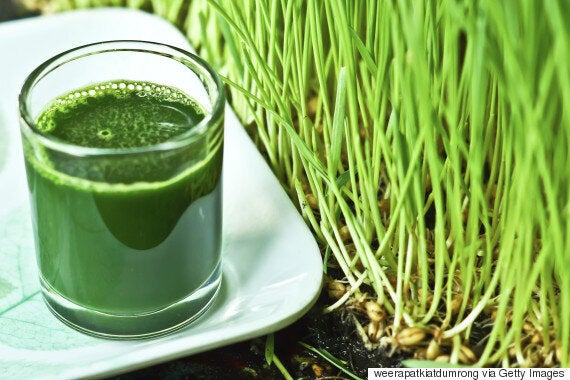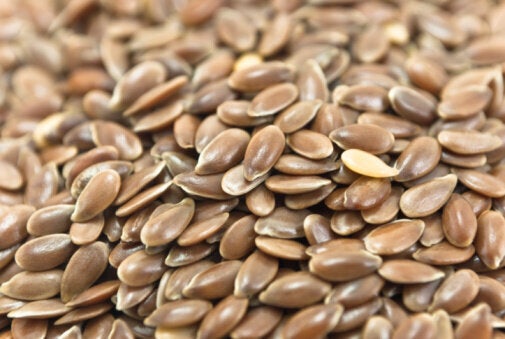It looks healthy, tastes like freshly cut grass and often graces the smoothies of the super healthy. But what is wheatgrass exactly and is it good for you?

What Is It?
"Wheatgrass is basically the green seed leaves of wheat," says British Dietetic Association spokesperson Dr Duane Mellor.
According to Neal's Yard, it can support the immune system, remove toxins from the blood and body, and improve digestion.
Unlike other forms of wheat, wheatgrass does not contain gluten which makes it suitable for those with an intolerance.
It is usually found in powder or juice form, but can also be eaten raw or taken as supplements.
Health Benefits
Wheatgrass has many supposed health benefits.
According to Neal's Yard, it is great for detoxing because it contains chlorophyll. This naturally helps draw heavy metals and toxins out of the body. Chlorophyll is also meant to help the body form red blood cells.
Wheatgrass is rich in vitamin C and folate, which is thought to be useful for treating anaemia.
It's also been suggested that the health food should be consumed by people with ulcerative colitis, because it is rich in nutrients but contains little fibre.
SEE ALSO:
What Is Baobab? Including Health Benefits, Tips And Recipes To Try
What Is Bee Pollen?: Health Benefits, Concerns And Recipes For The Latest Superfood
Health Concerns
Despite the numerous health claims, Dr Mellor says that a portion of wheatgrass is unlikely to be a better source of vitamins and nutrients than, say, a portion of broccoli.
"It is said to be very rich in the beneficial components of fruit and veg, but the reality is that a ‘dose’ of wheatgrass is unlikely to be any better than a portion of vegetables," he says.
"There are a number of small studies suggesting potential but no evidence of any benefit. So it's probably better to spend your money on fresh fruit and veg."
Charlotte Stirling-Reed from SR Nutrition echoes the fact that there's "little evidence" that any of the health claims made about wheatgrass are true.
"As with many ‘natural’ foods, such as vegetables and fruits, wheatgrass does contain plenty of nutrients such as vitamin C, vitamin E, magnesium and iron," she says. "Therefore including it in your diet could give you a boost of a few extra nutrients for the day.
"However, that’s as far as the claims for this popular ‘superfood’ will go. Evidence for its claims such as being beneficial for blood cells and reducing inflammation are very weak or even non-existent."
She also adds that while wheatgrass is perfectly safe to consume, it should be taken in moderation.
"Over-consuming wheatgrass could result in nausea or headaches and it's important to look out for any allergic reactions you may have to wheatgrass when consuming it," she explains.
How To Eat (Or Drink) It
Wheatgrass is generally consumed raw, although according to Stirling-Reed, it’s actually quite difficult to digest.
For easy consumption, knock back a shot of wheatgrass juice with a slice of orange.
Failing that, buy wheatgrass powder and introduce it to your favourite smoothie.
